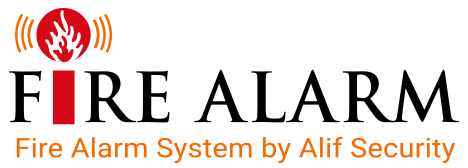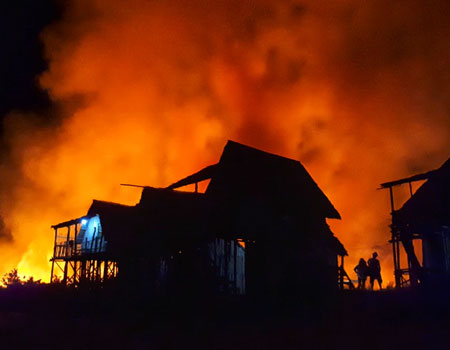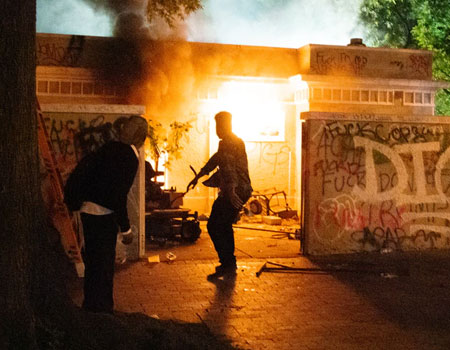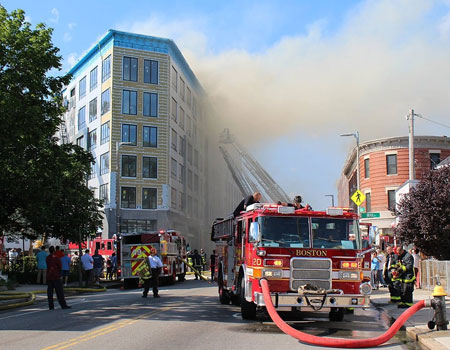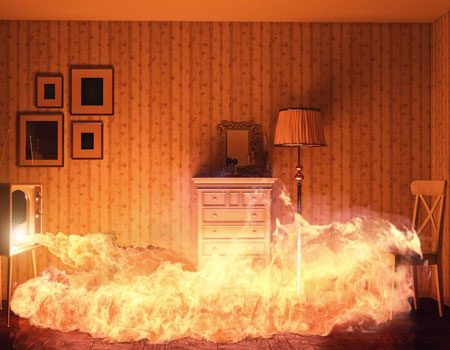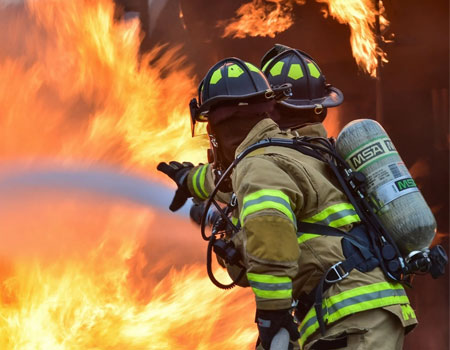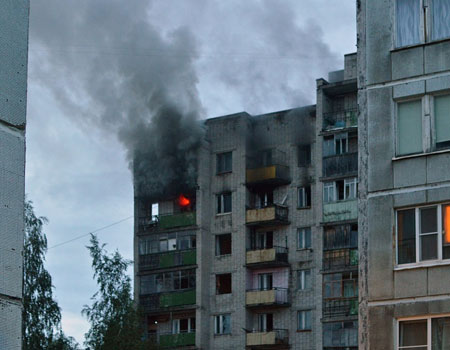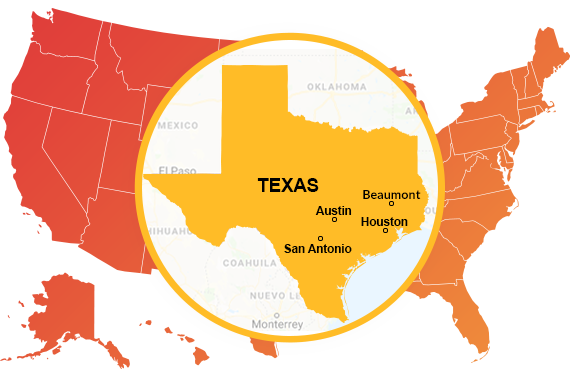So that's it.
- Sufficient oxygen to maintain combustion (the air we breathe is approximately 21% oxygen). Fire needs only a minimum of 16% oxygen in the atmosphere)
- Heat is sufficient to raise the material to its ignition temperature (heat is the energy needed to increase the fuel temperature to the point that adequate vapors are released to produce ignition).
- A few sorts of fuel or combustible fabric, and (Fuel can be any combustible fabric; strong, fluid, or gas. Most solids and fluids end up a vapor or gas some time recently they will burn.)
- The chemical, exothermic response is fire. (A chain response can happen when three components of fire display within the appropriate conditions and extents. Fire happens when this quick oxidation or burning takes place.)
